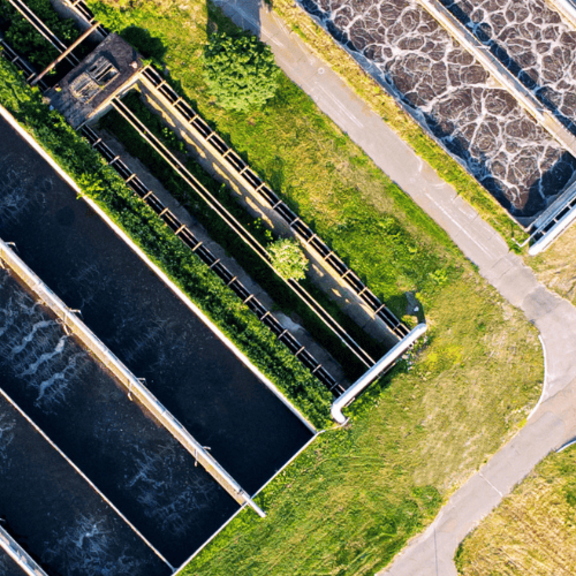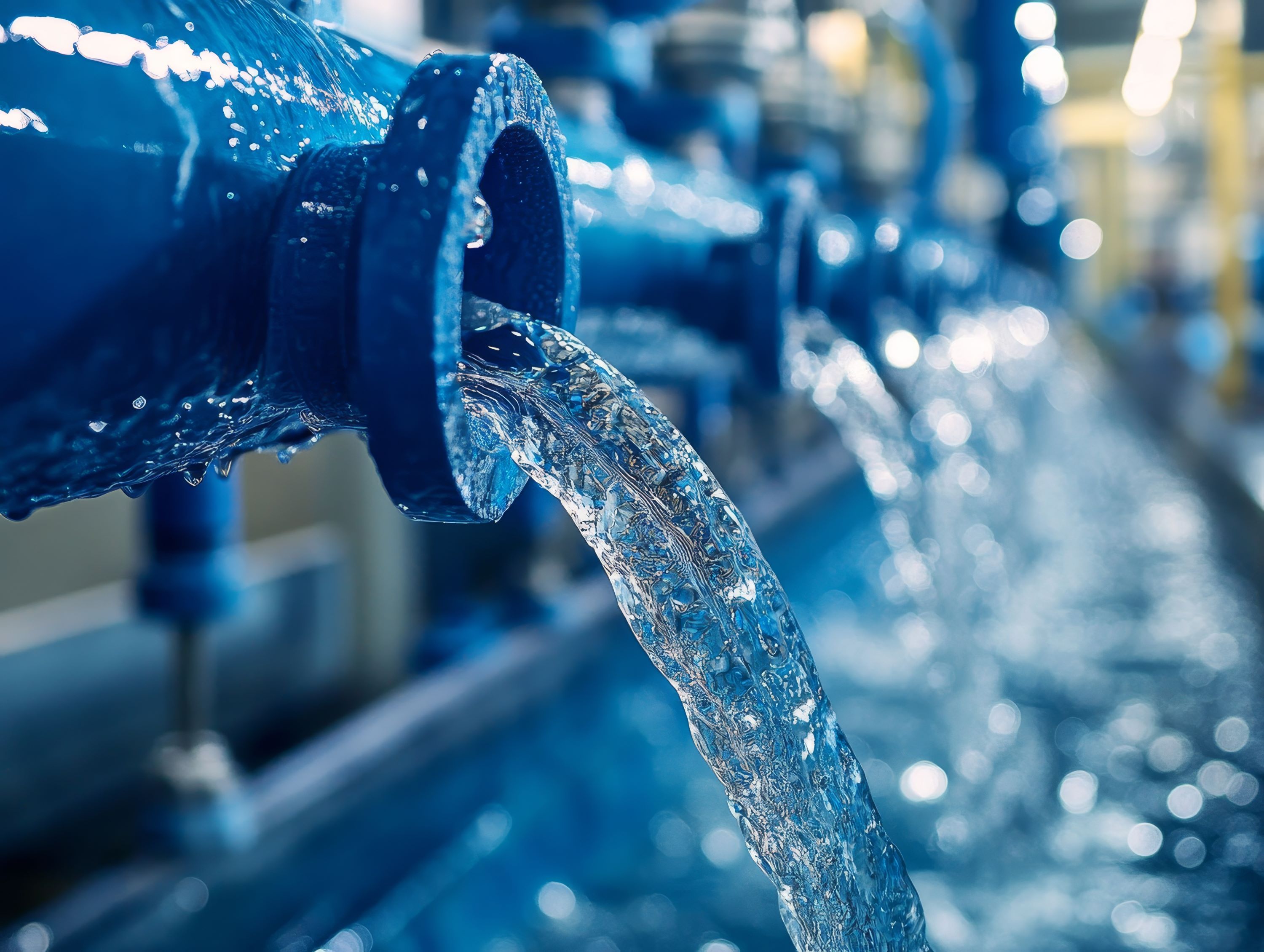
Why the UK’s water infrastructure engineering is ready for a change
Some issues become so familiar that we stop noticing them. Ageing infrastructure, service delays, and stressed supply systems. They have all become background noise. But the cracks in the UK’s water network are now too wide to ignore.
We rely on a system never designed for today’s demands – a network stretched by population growth, urban expansion, and climate extremes. It is time to ask what is working and what urgently needs to change.
Ageing infrastructure is calling out for fresh thinking
This is no longer about service reliability. In the past year alone, we have seen headlines about parasite outbreaks, raw sewage leaks, and declining water quality. In Devon, residents were told to boil water for weeks after cryptosporidium was found in the supply.
At the same time, nearly one in five litres of water is lost before reaching the tap. And the infrastructure carrying it includes pipes laid as far back as the Victorian era.
It is easy to blame a past era for ongoing issues, as much of the UK’s water system still runs through structures built for a different climate in a different era. Storm overflows were not built to handle this level of rainfall, and water quality continues to decline.
Recent challenges and heightened regulatory scrutiny highlight a timely opportunity for renewal. The next five years could see today’s issues transformed through clearer priorities and collaborative action, setting the stage for progress that feels tangible and sustained.
The most recent Ofwat performance report reflects a sector facing clear hurdles. Progress is proving difficult to sustain, as companies navigate between regulatory requirements and a funding structure that can limit innovation. Penalties play a role in accountability, but long-term improvement will likely depend on how effectively the system supports forward-looking investment and fresh ideas.
AMP8 is here – the next five years will tell us a lot
AMP8 – the latest asset management plan cycle for water companies – covers 2025 to 2030 and will invest £104 billion into the water sector. This is a considerable investment over the next four to five years. Companies will be pressured to deliver improved performance across efficiency, waste prevention, sewage management, and pollution control.
Proposals await implementation, but the funding has already been secured. The framework exists, but specific actions remain undefined, and this is the gap that demands our attention. Success hinges on delivery approaches and issue prioritisation. The sector moves cautiously (perhaps too cautiously) when embracing fresh ideas, leaving suppliers fighting for attention even though everyone keeps organising events meant to bring new players into the supply chain.
Securing a seat at the table is only part of the challenge. Timing often complicates the rest. By the time many projects receive approval, the conditions they were meant to address have already shifted. To keep pace with real-world demands, decision-making processes must move faster and with greater flexibility. Welcoming new and fresh perspectives and approaches can help address long-standing issues with solutions that reflect current realities. The sector has reached a point where continuing as usual will no longer deliver the outcomes it needs.
Smarter thinking to make infrastructure work harder
Some of the most valuable answers are already within reach. They are held in underused monitoring data, the experience of engineers who have seen networks evolve over decades, and technologies that have proven their worth elsewhere but remain overlooked in the water sector. The reality is stark. If critical equipment fails unexpectedly, it naturally causes problems, even if it is just the actual availability of water due to a pump failing.
The industry needs to allow fresh ideas from newcomers to gain traction, as the sector tends to favour established credentials. Procurement practices typically follow long-standing patterns, limiting the progress of innovative solutions from discussion to delivery. Evolving these processes will create space for alternative approaches to contribute more directly to the challenges at hand.
One of these approaches is smarter monitoring. Solutions aligned with electrical standards and supported by cloud-based maintenance are shifting upkeep from reactive to proactive, offering early fault detection in pumps and treatment plants. This kind of investment reduces disruption to operations and supports consistent service delivery. The scale of the challenge is substantial, with thousands of pumps scattered across the country, many in relatively remote locations. Reduced workforce puts a greater burden on technical specialists who have to cross-train in multiple skills.
True reform grows from delivery teams structured to learn and adapt from the smarter use of existing data and performance measured over time, not in isolated snapshots. Focusing on long-term outcomes rather than immediate costs offers a better chance of escaping the repair cycles that drain resources and stall progress.
Long-term progress still depends on the insight of those closest to the system. Engineers and technical specialists have a deep understanding of how networks perform under pressure. Placing their expertise at the centre of planning will strengthen delivery and give reform a practical foundation on which to build.
With the right people, the right tools, and the right intent in place, the next step must be action.
Moving past the problem to focus on the fix
Real progress begins with practical steps, not protracted analysis. With infrastructure under strain, rainfall patterns shifting, and public confidence stretched, the focus now should be on action that delivers visible results.
What matters now is decisive action. System transformation requires individuals at all levels to embrace different work methodologies with a focus on results. The most critical decisions must happen where power truly resides, well before contractor involvement, when options become limited and costs escalate unnecessarily.
The sector will likely transform through a series of incremental improvements that build upon each other, where small design adjustments and procurement shifts can create substantial positive change when aligned toward common goals with clear metrics for success. The fact that such a sizable investment – billions over five years – suggests that somebody, somewhere, is crying out for investment in infrastructure. There is an opportunity here, with system losses affecting bottom lines directly when 20-30% of what is being pumped never reaches its destination. Although the industry has demonstrated strong resistance to rapid transformation, it does respond to internal pressure when applied consistently by those who understand the systems intimately.
By empowering the people already addressing these challenges with both authority and resources, progress will accelerate significantly beyond current expectations. The challenges facing the water system are well understood and widely recorded. The key question now is who will take the lead in moving from insight to implementation, delivering the solutions needed to restore performance and rebuild trust.
By Gareth Brunton, Managing Director at Bender UK





